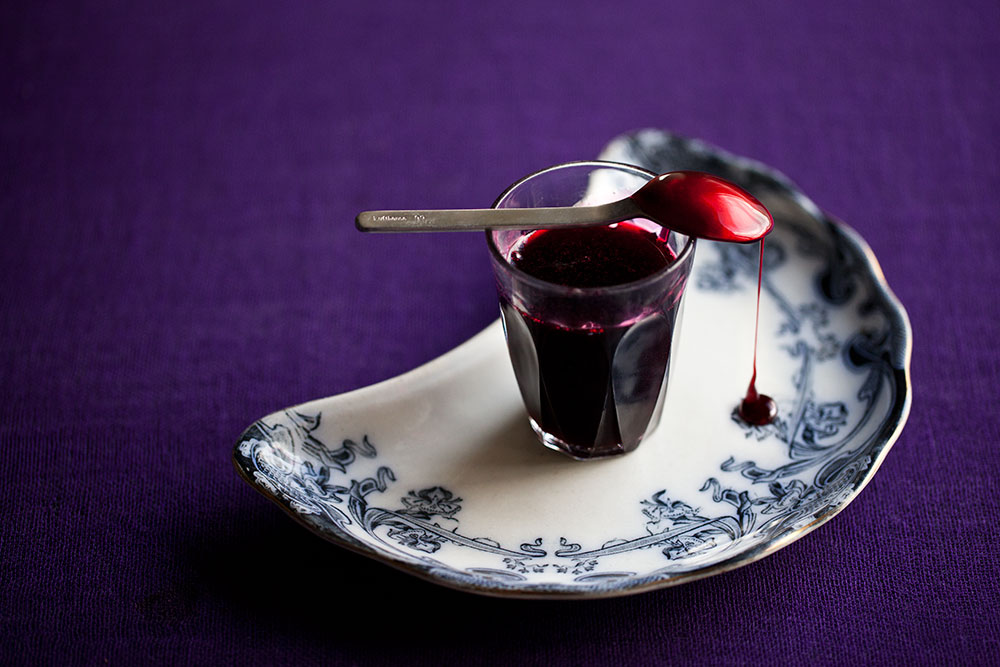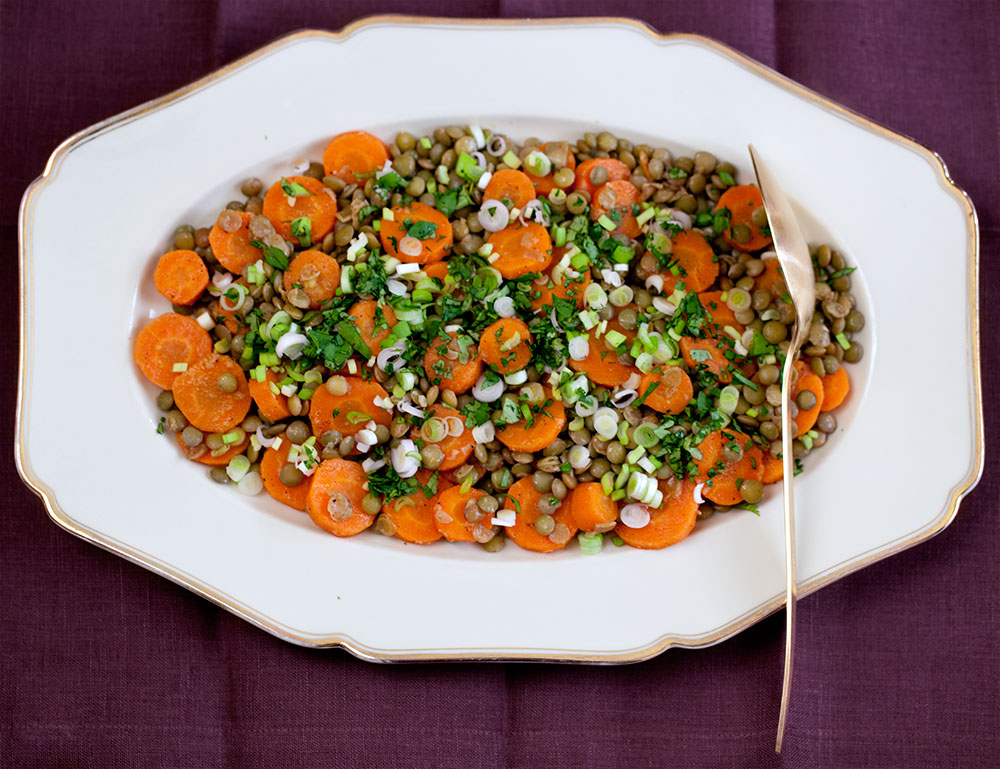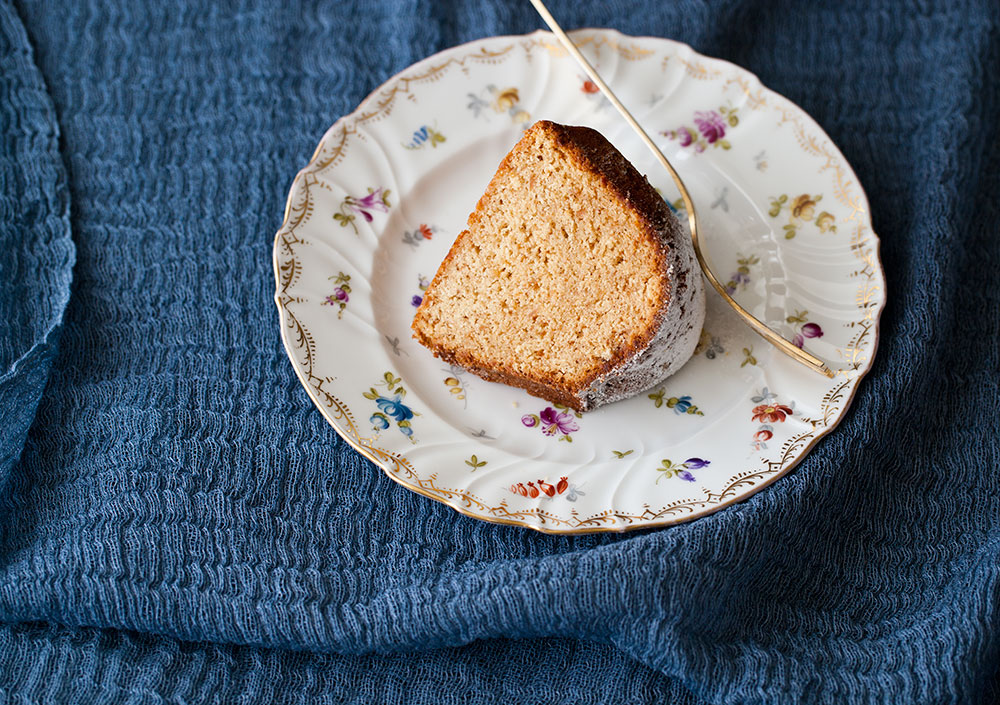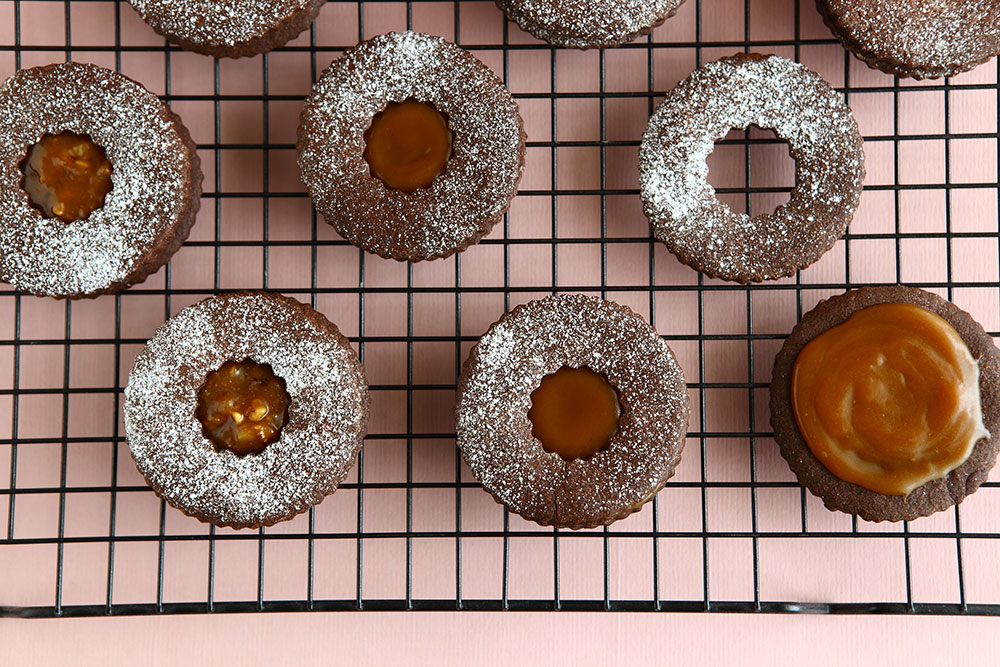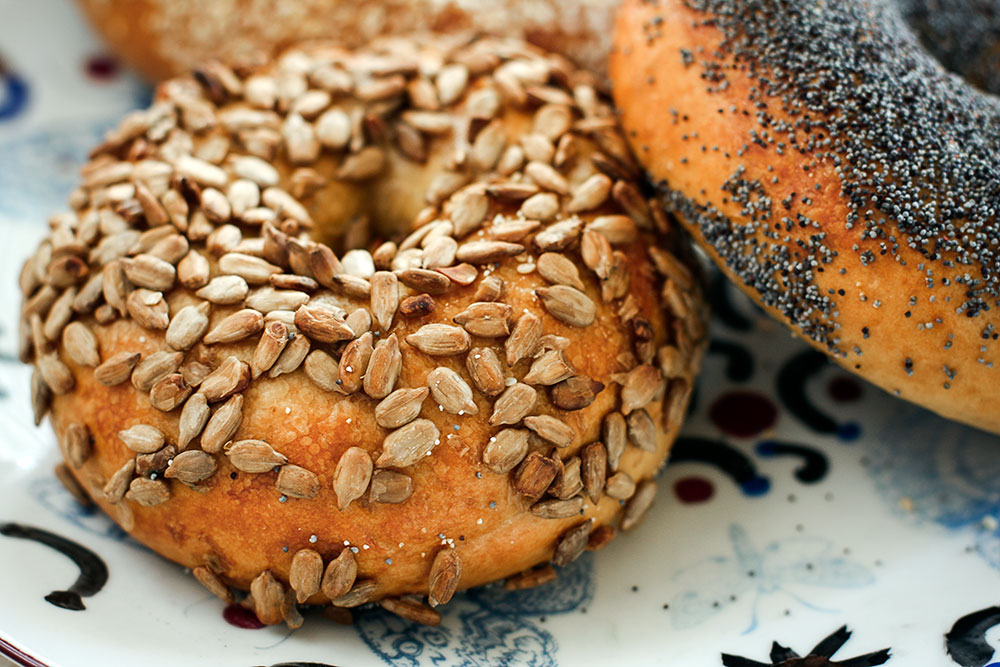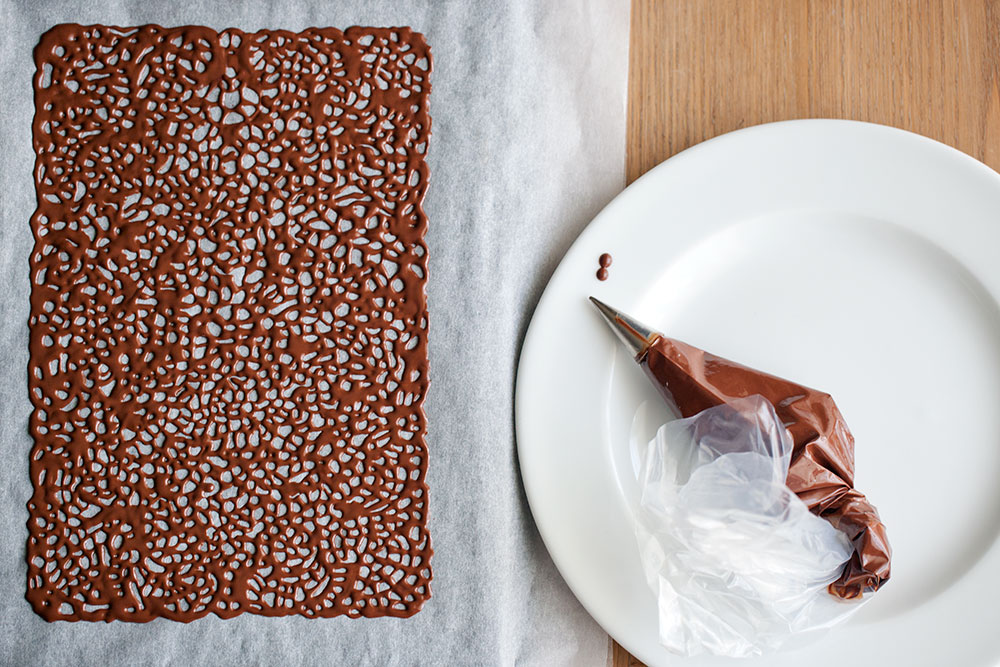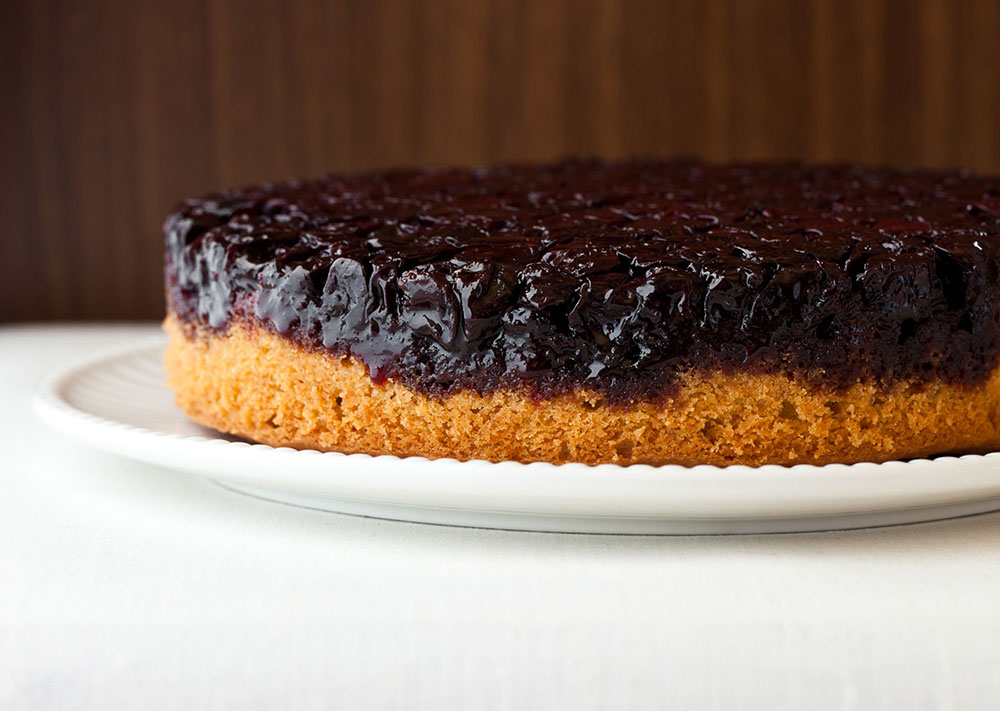Pomegranate molasses, which is made by reducing freshly-squeezed pomegranate juice into a thick, sour and sticky syrup, isn’t really molasses. It is simply reduced pomegranate juice. And if you’re adding sugar, you can even call it an extremely sour pomegranate jam. Pomegranate jam – one that is prepared by just pomegranate juice and sugar – doesn’t thicken that much, so you may as well call it a pomegranate syrup. So, why, oh why, is it called pomegranate molasses? Probably because the supermarket variety is quite dark and thick, just like molasses. But I’m not here to talk about the supermarket variety.
Here in Turkey, we call it “nar ekşisi” (gnar eck-she-c), which translates into “pomegranate sour”. The real deal doesn’t have any added sugar and isn’t as thick as molasses. An almost-inedible pomegranate variety called “cin narı” is used and the resulting liquid is a bit cloudy, extremely sour and dark-pink juice. I use pomegranate molasses frequently in salads and prefer a sticky texture so that it clings to leafy ingredients. The added sugar and the fact that I didn’t use the extremely-sour variety of pomegranates makes this by no means an authentic pomegranate molasses by Turkish standards, but I’m not here to talk about authenticity either.
What I’m here to talk about is a different way to prepare homemade pomegranate molasses. A way that traps more of the flavorful aromatic compounds in the pomegranate juice than reducing it on the stove top: Baking it!
